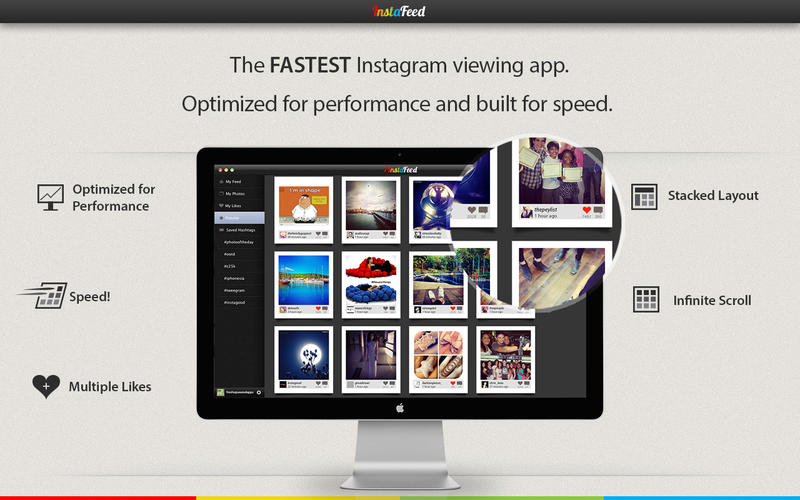

- #INSTAFEED EXAMPLES HOW TO#
- #INSTAFEED EXAMPLES UPDATE#
- #INSTAFEED EXAMPLES FULL#
- #INSTAFEED EXAMPLES REGISTRATION#
Part Two will show how to work within the API restrictions to set up the popular Instagram integrations that are still possible in sandbox mode.

#INSTAFEED EXAMPLES UPDATE#
However there are still lots of plugins, documentation, and tutorials from before June 1 that have yet to update accordingly. Now all requests require an access_token. It is also worth mentioning that before June 2016 many API calls used to allow authentication with only a client_id from a registered client. Technically there is nothing a live app can do that cannot be done in sandbox mode, as long as it only involves users and content that lives on the magic island. For example, while in sandbox mode, you need a token with the public_content scope to see posts by your other sandbox users just the same way approved (“live”) apps do 1. The most common misconception is that an app needs to be approved to “go live” in order to request scopes. In sandbox mode, it will only include the posts on the magic island, whereas a live app can see anything that’s public (in the real world) on Instagram. Where sandbox mode enters the picture is in determining what is included in “public content”. To view even public content, you will need to request the additional public_content scope. A token with only the basic scope can do very little, whether in sandbox mode or live. Every token automatically starts with the basic scope.

Scopes govern what a specific token can and cannot be used for. Sandbox mode governs what your API requests can “see” diverting them to the magic island. One of the most common confusions about the new restrictions is conflating scopes and sandbox mode. Anything you might want to do that involves content from the general public will not be possible in sandbox mode. The island will never get very large because you can only have a total of ten sandbox users. The sandbox island: only the first 20 posts You can invite additional “sandbox users” which will add them to your magic island, but just like you, only their most recent 20 posts exist on the island. No one else exists on the island, so you will not see results for anything you posted earlier, or from any other Instagram users, even if that content is public. Sandbox mode means that your API calls go to a magic island where only your last 20 posts exist. For this reason, it may be more intuitive to think of it as “sideline mode”. If you cannot convince the Instagram lords that your app serves one of these specific purposes, it will be rejected if you submit it to “Go live”. “My product helps broadcasters and publishers discover content, get digital rights to media, and share media with proper attribution.”.“My product helps brands and advertisers understand, manage their audience and media rights.”.“My app allows people to login with Instagram and share their own content”.
#INSTAFEED EXAMPLES FULL#
The documentation presents it as a temporary step in the development process, but the overwhelming majority of projects will never leave sandbox mode because Instagram only grants full access to their API for a handful of very specific use cases: The gatekeeper between developers and full API access is called sandbox mode. Understanding this fact will not fix the errors in the console, but it makes the restrictions more intuitive to work around if you understand their intent.

The first thing to understand is that it was a deliberate business decision by Instagram, designed to prevent their API from being used for a variety of purposes. On June 1 2016, console errors lit up all over the world when Instagram significantly restricted access to its API. Understanding the API access limitations can prevent a lot of wasted time, because they often result in unexpected data rather than straight-forward authentication errors that are easier to diagnose.
#INSTAFEED EXAMPLES REGISTRATION#
In order to work with the Instagram API, sooner or later, you must find your way through the nebulous API client registration and authorization process. Part One: Understanding the Instagram API in three minutes


 0 kommentar(er)
0 kommentar(er)
